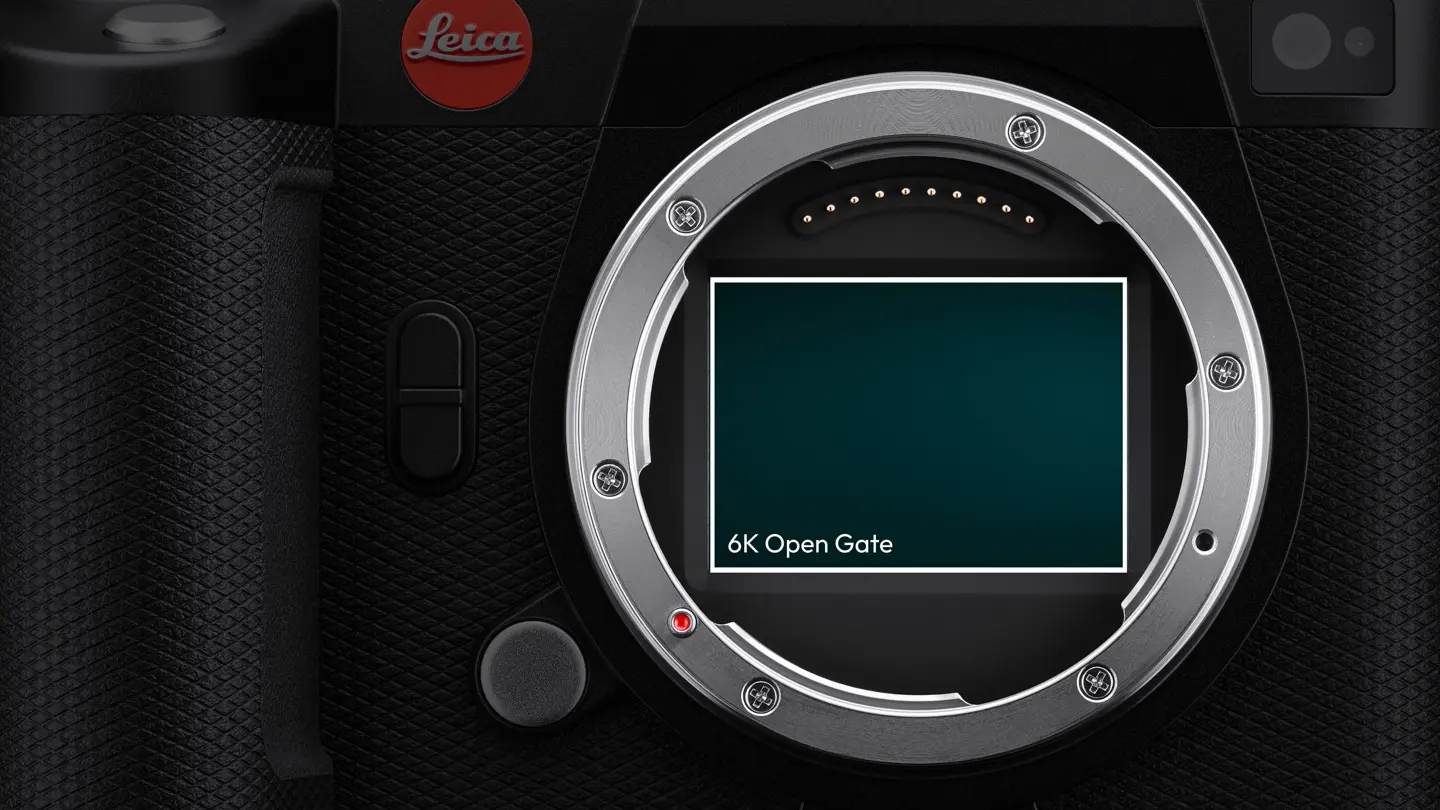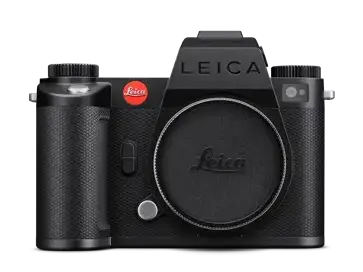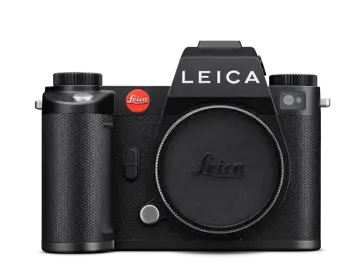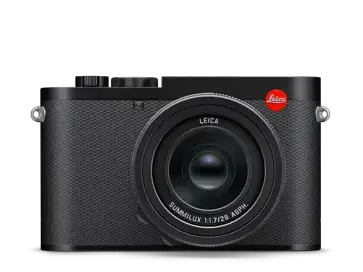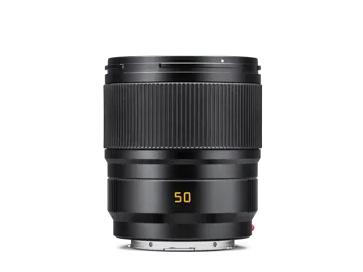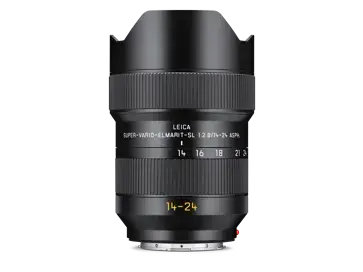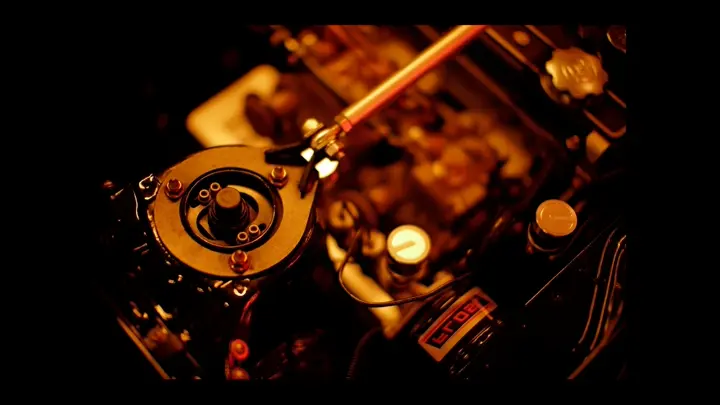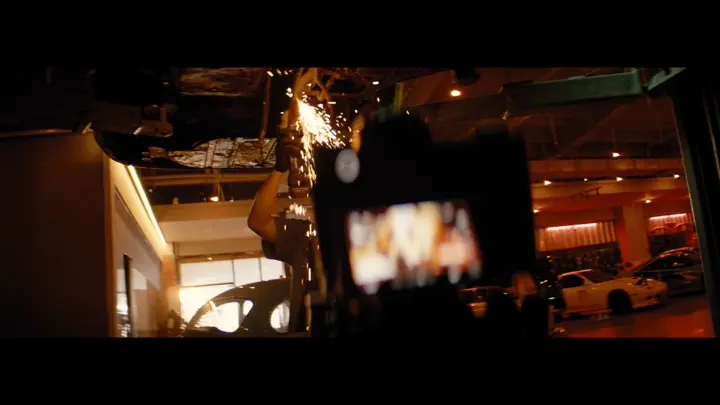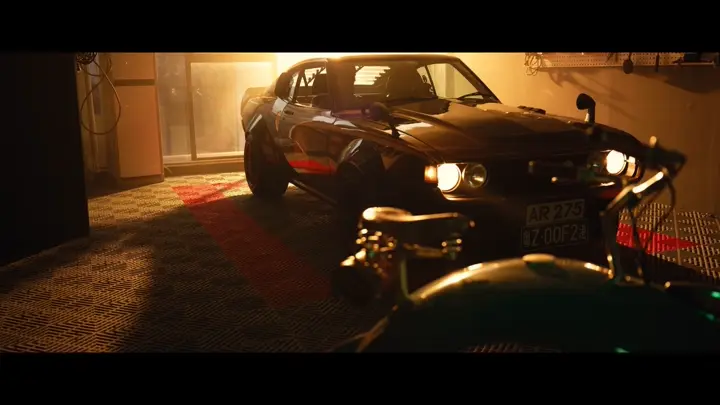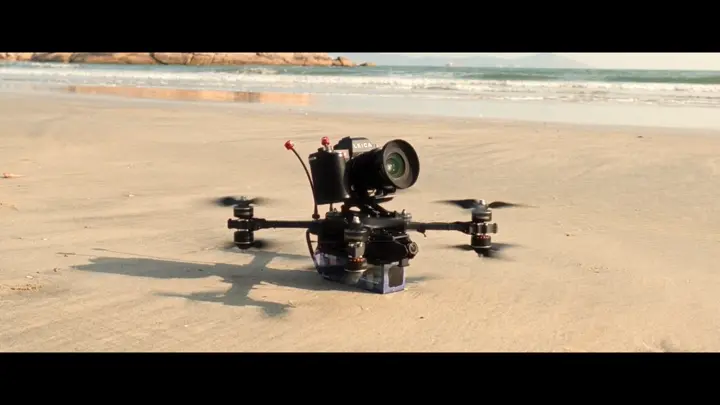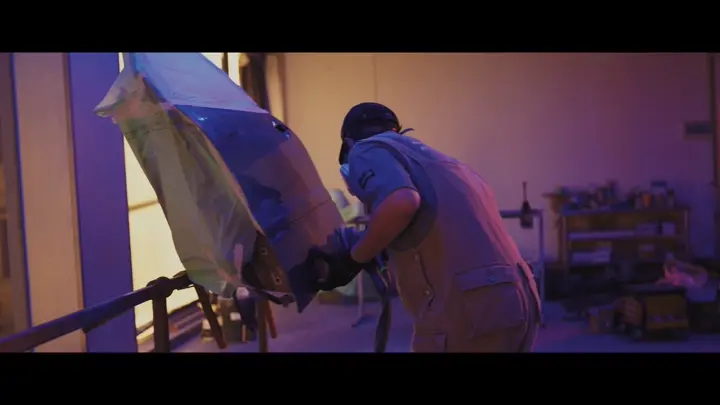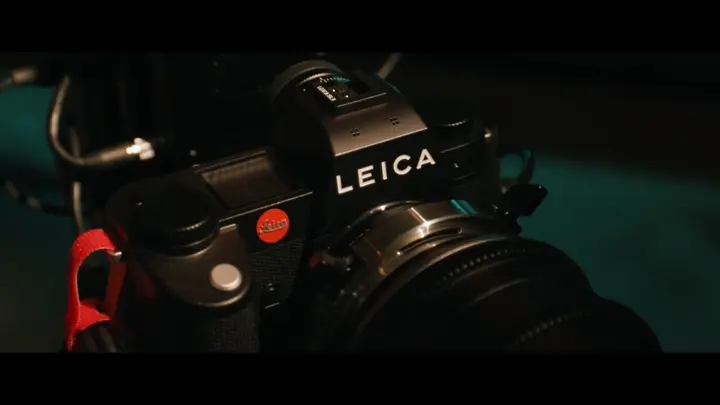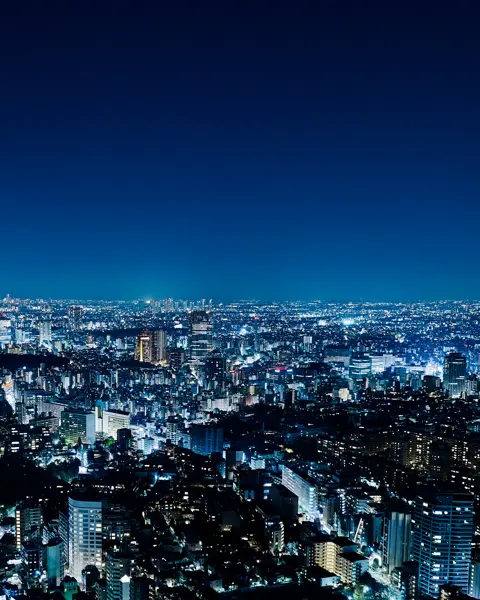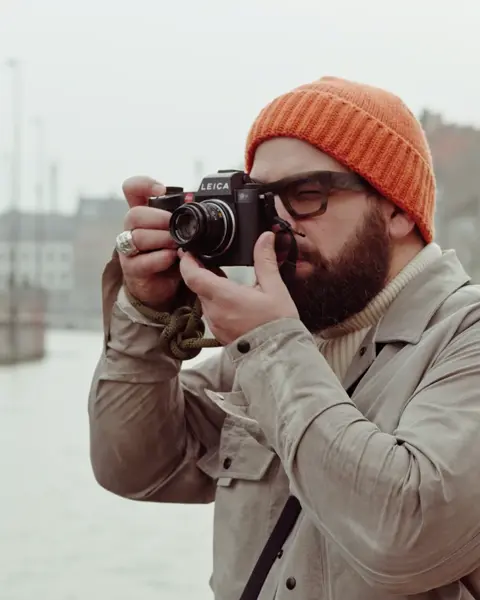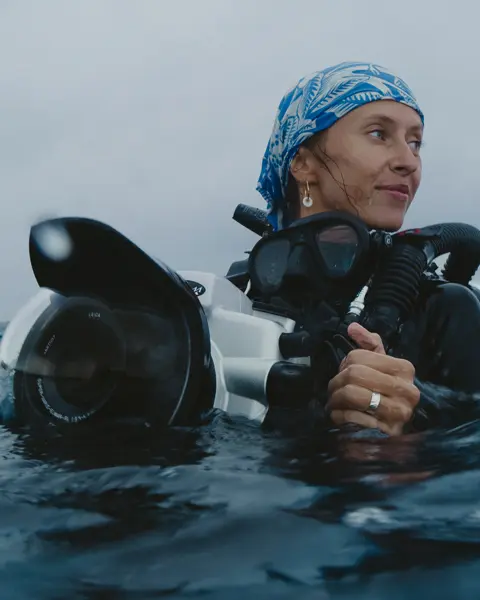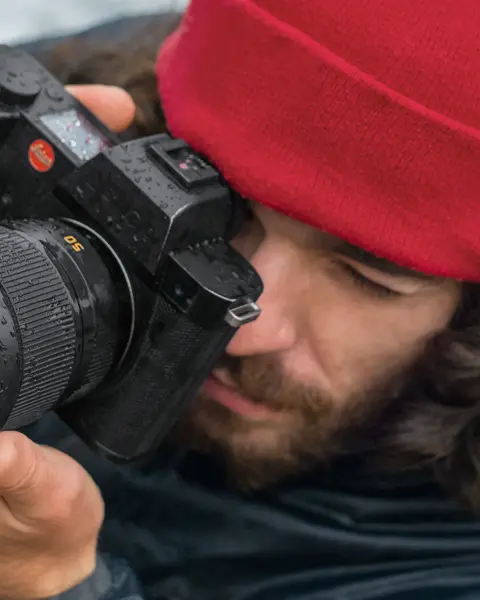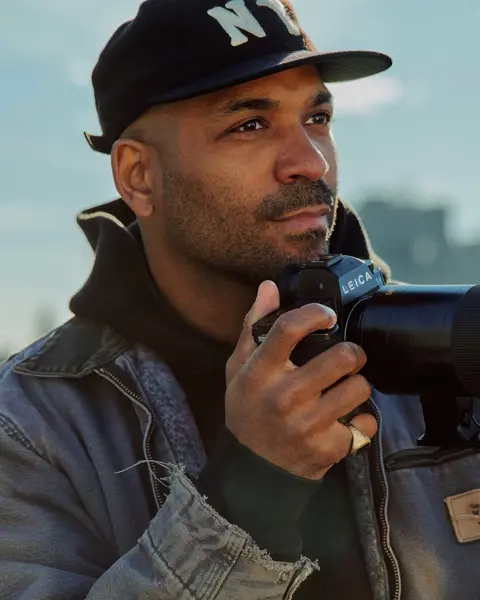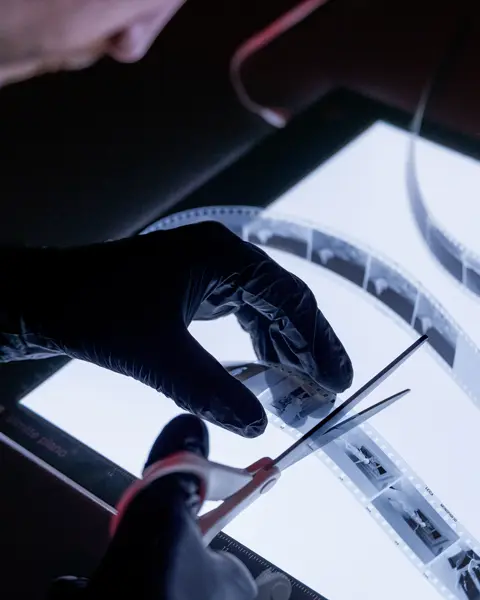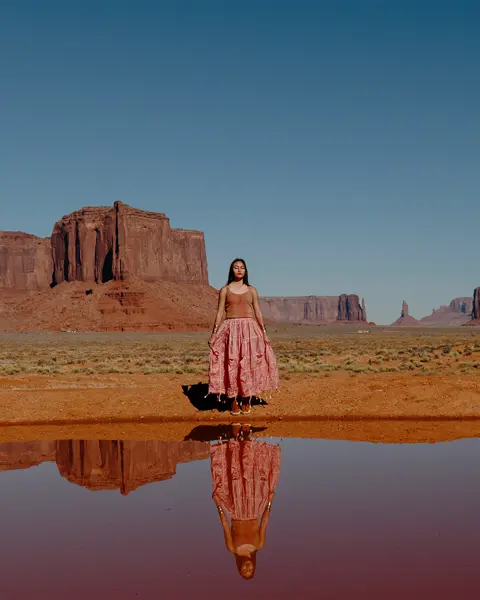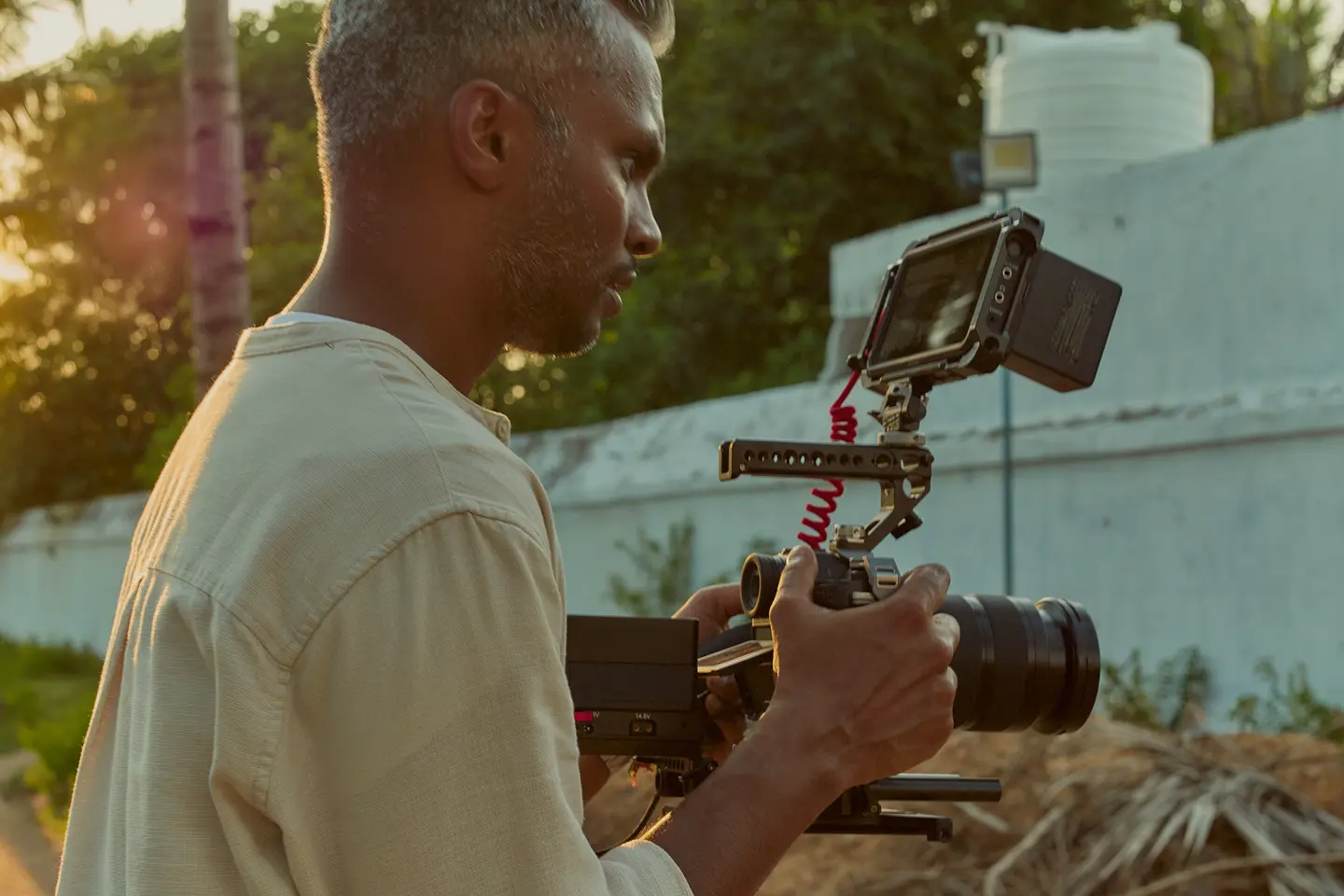
Cameras for Videography
Few photographers today work without ever using a camera's video function. Whether for reportage, sports or wedding photography, moving sequences have become par for the course; and this was the case even before Social Media started assailing us with their daily reels. Moving images underline the authenticity of a situation. They are able to tell a completely different story than photos can. They define the narrative more clearly, direct the eye and usually leave less room for interpretation. With a photo, the film unfolds more in the mind of the viewer; with a film or video, it unfolds on the viewer's screen.
Leica SL3-S Open Gate Recording: flexibility as part of the creative process
Open Gate Recording means that the full sensor area in the Leica SL3-S is used for recording videos, instead of being limited to conventional 16:9 or 4:3 formats. The SL3-S full-frame sensor enables recording in the sensor’s native 3:2 format, thereby capturing additional image information in terms of height and width. This provides major advantages for content producers.
One significant benefit is the greater degree of flexibility in terms of post-processing. Since there is extra image information available in terms of height, any footage can be simply cropped for different aspect ratios: you can use 16:9 for YouTube or 9:16 for Instagram Stories without losing any of the quality. In this way, you can post a single take on different platforms, which both saves you time and allows you to ensure a consistent level of quality. By using the entire sensor, you can also benefit from a higher native resolution. In turn, this allows a greater number of details to be captured, which is particularly important when it comes to the demands of professional productions. You can also enjoy a more creative approach to framing with open-gate recording as a result of the full sensor format, which enables the creation of individual image compositions at a later date.
One other important point is that open-gate technology is future-proof. Platform requirements are always changing, which is why the extra image information that is captured is so important: content can be flexibly adapted to any new formats. This allows you to use any shot you’ve taken in a variety of ways, irrespective of where you publish it.
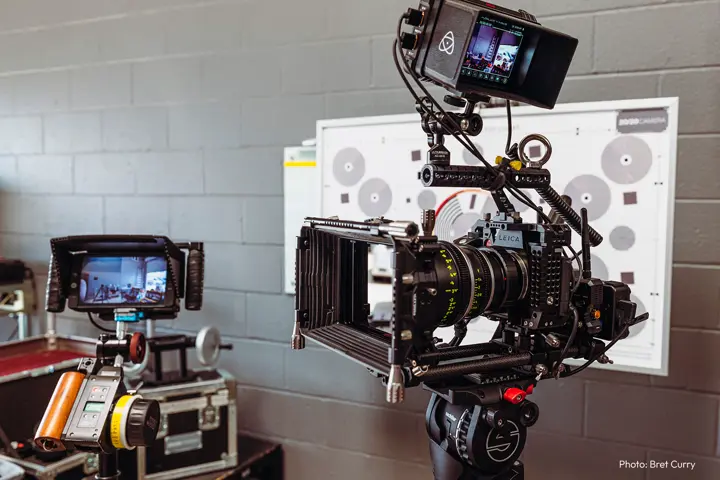
Let the film roll! The common thread of storytelling with moving and emotional images.
Photographers who just want to create a quick clip of moving images, to capture a brief moment, can do so very easily by using the video shutter release on their camera. If, on the other hand, you set out specifically to film, you have all the freedom to select the desired settings manually via a separate camera menu, which is colour-coded to contrast with the photo menu. In this case, you should use the maximum possible resolution of 6K for the SL3-S (5952 x 3968 pixels in an aspect ratio of 3:2), and C8K for the SL3 and Q3 (8192 x 4320 pixels in an aspect ratio of 17:9, or 7680 x 4320 pixels at 16:9); even if the final outcome is “only” going to be viewed in full HD resolution (1920 x 1080 pixels). The reserve keeps open the option of generating different camera positions, pans or movements during editing.
Compared to photo reportage, videographers pay more attention to connections and filling images. While filming, it is important to keep the thread of the story in mind, and to make sure that any movements match the subsequent image. The scenes where nothing is happening are also important, as these filler images give the viewer the opportunity to process the action they have seen.
The Leica SL3 and SL3-S system cameras, as well as the compact Q3, have professional video among the features available. In addition to the options of taking stills and making videos in high resolution and with fast sequences, they offer modern codecs – from the highly efficient H.265 all the way to Apple's ProRes – and various colour spaces with dedicated Look Up Tables (LUT). Connections for external microphones andmonitor recorders are, of course available. Cameras in the SL-System offer fullsize HDMI- and CFexpress interfaces to fullfill professional needs. Also, these cameras integrate seamlessly into typical video ecosystems. All cameras offer a user interface, that is customisable to individual needs and strictly divided into photo- and video functions to ensure a fluid workflow on set.
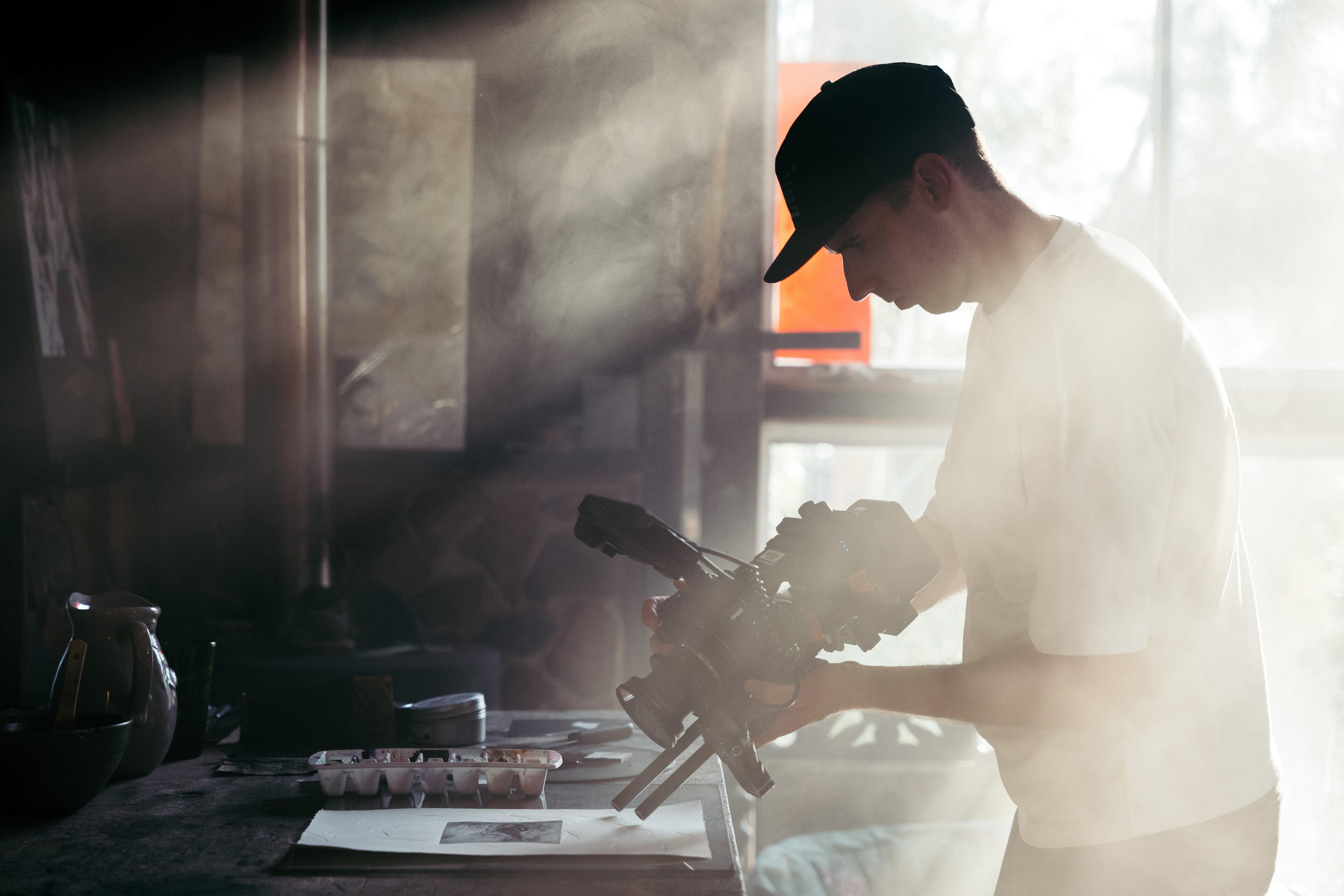
Let our videos inspire you
